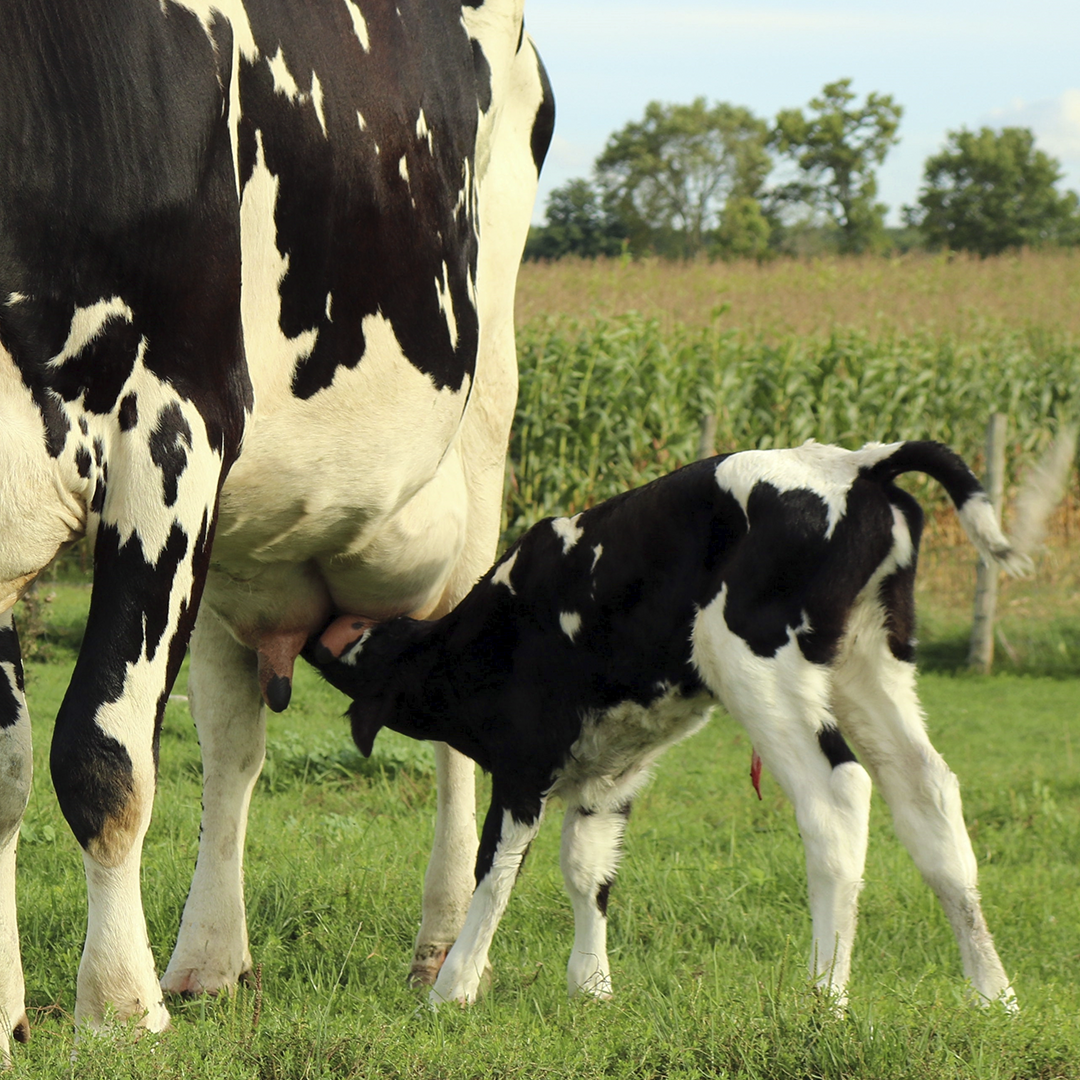
February 13, 2019
Effect of XTi PAWS on Peripartal Holsteins, 12/2018 – 2/2019
Colorado State University
Conclusion: Exposure of peripartal Holsteins to XTi’s pulsed alternating wavelength system (PAWS) showed a significant reduction in dystocia and a significant increase in non-esterified fatty acids within 3 days of calving
Study Objective:
- To evaluate the effect of XTi PAWS on hormone profiles of peripartal Holsteins.
Background:
- Metabolic changes occurring at the time of calving represent a significant challenge for Holsteins and can lead to suboptimal immunity and early lactation disease.
- Non-invasive strategies to improve stress and metabolic changes in the peripartum period can have a huge physical benefit for the animal and a positive financial impact for the producer.
Methods:
- The study was conducted at a dairy farm in northern Colorado.
- 82 prepartum Holsteins were randomly assigned to 2 groups. The XTi group was exposed to PAWS lighting within 7+/- 4 days of calving. The control group was not exposed to XTi lighting.
- 30 Holsteins were randomly selected to determine melatonin, bovine somatostatin, and serotonin concentrations at enrollment, -1 day, and +1 day relative to calving.
- 46 Holsteins were selected for determination of non-esterified fatty acids (NEFA), beta hydroxybutyrate (BHB), and serum calcium concentrations at 1 day and 3 days post calving.
- All Holsteins had IceQube accelerometers attached for activity assessment.
Results:
- XTi lighting resulted in a significant improvement in the incidence of dystocia (p=0.03).
- XTi lit Holsteins had a significant increase in serum NEFA concentrations at day 1 and day 3 post calving (p=0.014).
- No differences were seen between the XTi vs Control group for serum concentrations of melatonin, bovine somatostatin, serotonin, beta hydroxybutyrate, or calcium.XTi lighting showed a tendency toward a reduction in the number of lying bouts (p=0.06).
Discussion:
- XTi lit Holsteins had 0% incidence of dystocia (national incidence of dystocia in the US averages 11% – 19%) which likely indicates a significant decrease in animal stress. This is important for multiple reasons including general animal welfare, impact on future animal health, mitigation of financial losses to the producer from animal mortality, as well as overall labor costs.
- The reduced number of lying bouts also indicates lower levels of stress in the XTi group.
- The increase in NEFA (non-esterified fatty acids) in XTi Holsteins indicates improved metabolic status in peripartum Holsteins that may again be related to decreased stress during the calving period.